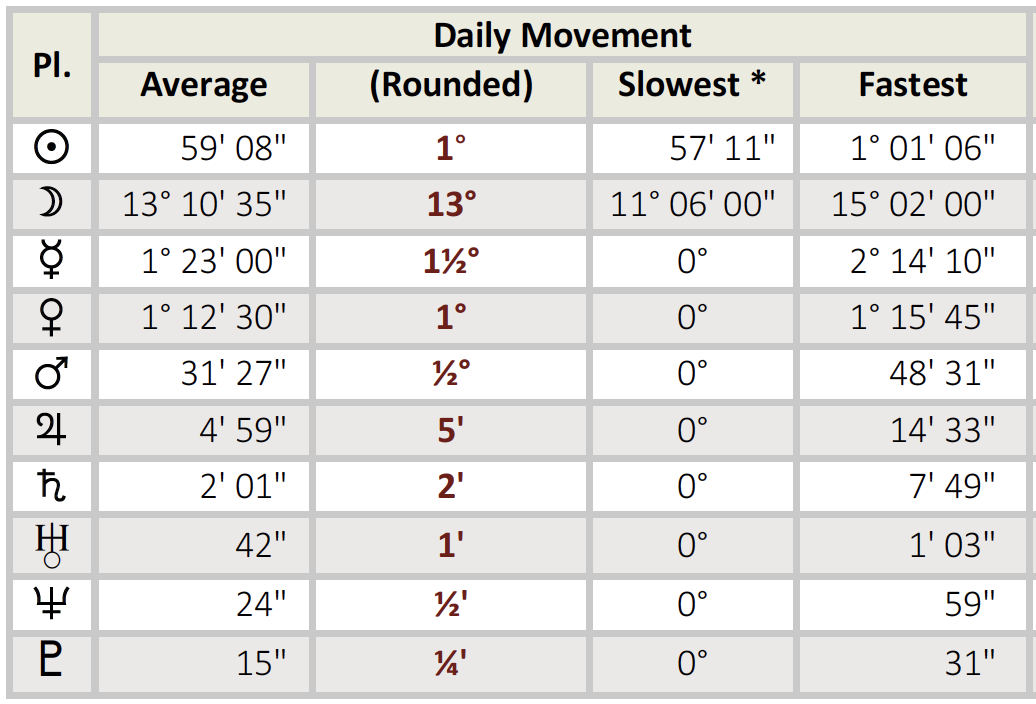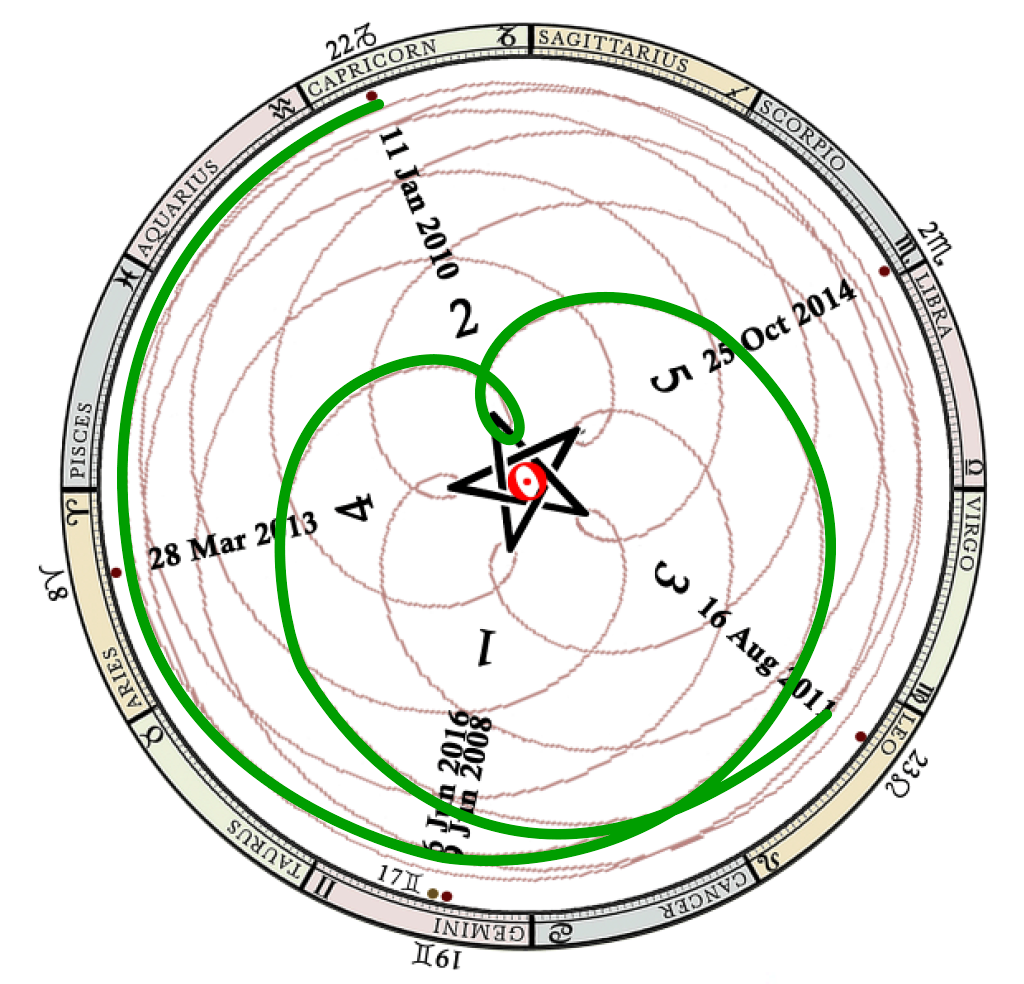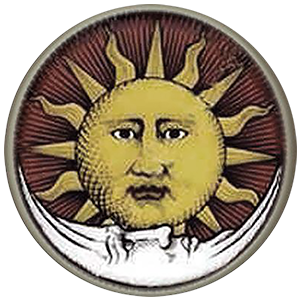Glossary of terms
Browse the glossary using this index
Special | A | B | C | D | E | F | G | H | I | J | K | L | M | N | O | P | Q | R | S | T | U | V | W | X | Y | Z | ALL
S |
|---|
SuccedentLiterally “following”; the succedent
houses are those which follow the angles and which, by diurnal revolution, will
succeed to their positions: the 2nd, 5th, 8th and 11th houses. Considered to be
positions of intermediate strength. | |
Superior planetsSee ‘inferior/superior’ planets. | |
Swift in courseWhen a planet's speed is more than its average; it therefore moves more through the zodiac than it normally would. This is usually considered a strength. See ‘Slow in course’.  | |

